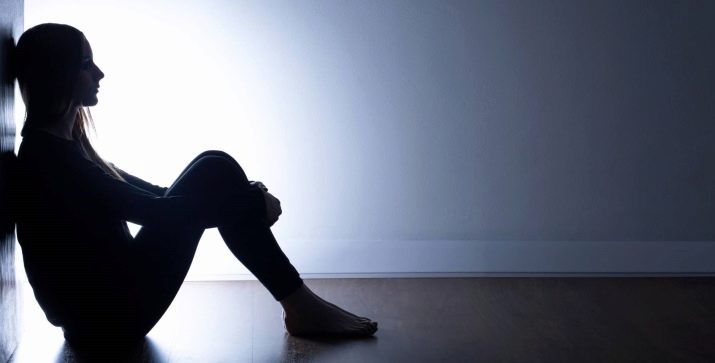Phobia is called obsessive fear, which causes a person to uncontrolled anxiety, panic attacks, and sometimes somatic symptoms. Psychologists know many phobias, because each person is individual, and the development of a phobia is affected by both genetics and personal experience. Nonetheless, many of the phobias are very common - people tend to be afraid of the same things. In this article, you will learn about the most common phobias.
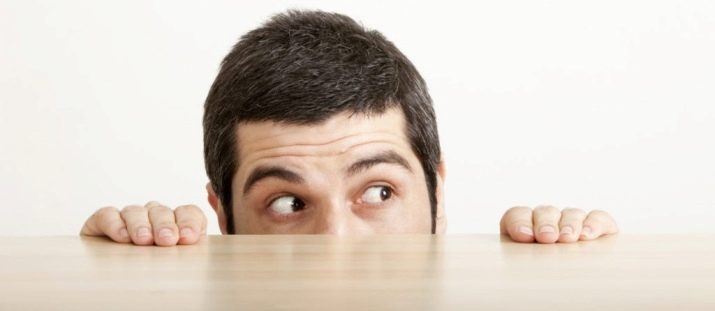
Top fears related to space and movement
Man lives in space and the feeling of this space is an integral part of our perception of the world. One of the most common phobias is acrophobia, which is an obsessive fear of heights. It is very unlikely to occur among residents of alpine regions, however, among people who have grown in lowland territories, height causes fear.
This is a completely normal feeling, laid down in us by evolution - because for our ancestor high-altitude terrain really posed a considerable threat. Nevertheless, a phobia significantly prevents a person from living - we are surrounded by bridges, stairs, not to mention air transport. In mild forms, this phobia can be overcome independently, and in severe cases it is recommended to seek help from a specialist.

Claustrophobia - Another popular ailment that affects many people. it fear of confined space: Claustrophobus feels extremely uncomfortable in an elevator, in closed rooms, in transport.A person has a feeling that the walls are pressing on him, lack of air and dizziness are considered very common symptoms.
The essence of fear is the fear of the inability to leave the premises.
Very often this phobia formed in childhood if the child was locked up as a punishment or if he fell into an emergency in which he could not get out of somewhere. The exact reasons for the appearance of a phobia are individual for everyone.

Nictophobia - This is a fear of the dark, which is also very popular not only among children and adolescents, but also among adults. The grounds for this phobia are also quite natural, because we are afraid of the unknown: in conditions of poor visibility, we may not notice the threat. Through evolution, a reasonable fear of the dark allowed the first humans to survive. However, a phobia is not just a fear, but an obsessive and uncontrolled fear, which, of course, significantly reduces the patient’s quality of life. The fear of the dark is easiest to overcome in childhood, and as it grows older it becomes harder.
However, the forecasts are quite optimistic if you recognize the problem, enlist the support of loved ones and choose a competent psychologist.
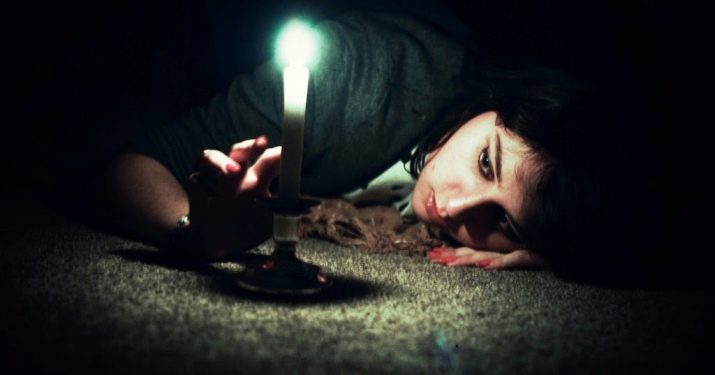
Aerophobia - this is a fear of flights, which in the modern world is also extremely popular and prevents people from living, because the plane is the only transport that allows you to quickly get to the right place. Fear is based on the fear of falling and breaking, on a misunderstanding of the structure and principles of the aircraft. Indeed, for those who do not have an engineering background, the reliability of the aircraft seems very doubtful. Nevertheless, it is worth remembering that the plane is one of the safest modes of transport, and much more people die in road accidents than in air transport crashes.
The presence of a phobia is not a reason to refuse flights, but an occasion to think about the reasons for your fear and turn to a psychologist.
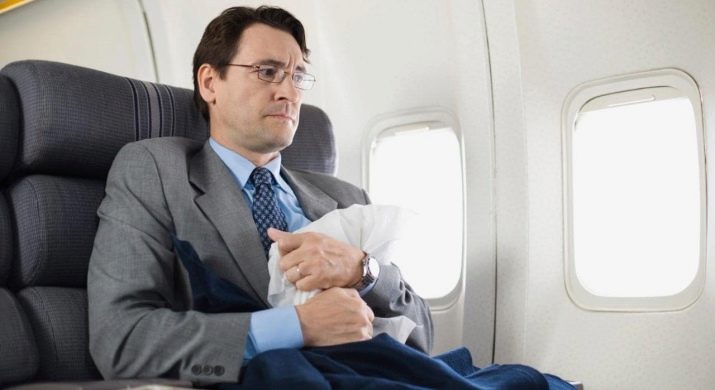
Ablutophobia - it is a fear of swimming in the water. This disease is a little less common than fear of heights, but it is also very popular and completely similar in its mechanisms: most people live away from the seas and oceans, so being in the water seems to them potentially dangerous. In turn, a phobia can include various fears: a fear of depth, a fear of drowning or freezing in water, a fear that the current will carry a person far into the sea. Horror can accompany a person from childhood or suddenly arise in adulthood against the background of the influence of adverse factors.
To defeat him in the early stages, you need to conduct introspection, meditation, breathing exercises and take light natural sedatives, but at the serious stages of a phobia you need the help of a psychologist or psychotherapist.

Popular fears of animals and natural phenomena
A person in the world is surrounded by a mass of potential threats, including other inhabitants of our planet, as well as natural phenomena that we do not control. In fact, any external phenomenon can pose a potential threat to us, and therefore become a cause for a phobia. However, there are fears that many people have.
Kinophobia is a fear of dogs that affects many adults and children. Rarely does this phobia occur just like that. In the vast majority of cases, it is based on the negative experience associated with dogs, for example, if dogs attacked a child in childhood, there is a significant risk of acquiring such a phobia.
Living with such an obsessive fear is very uncomfortable, because dogs surround us everywhere and it is difficult to fence ourselves off from them. At the same time, the kinophobe should understand that most dogs in the city are kind, friendly and pose no real threat. Communicating with well-bred domestic dogs can help overcome fear along with meditation, breathing exercises and a visit to a psychologist.

So many people are panicky afraid of spiders - this is called arachnophobia. To many, spiders seem to be the most unpleasant representatives of the animal world, despite the fact that there are not many dangerous and capable of biting among them. Along with this problem, there is also insectophobia - fear of insects.
The nature of these fears is the same: in fact, a person is afraid of small-sized creatures that he cannot control. Most people with these phobias simply unconscious and uncontrolled fear of any contact with dogs and spiders.
Often, specialist help is required to solve the problem, since the phobia is usually considered quite strong.
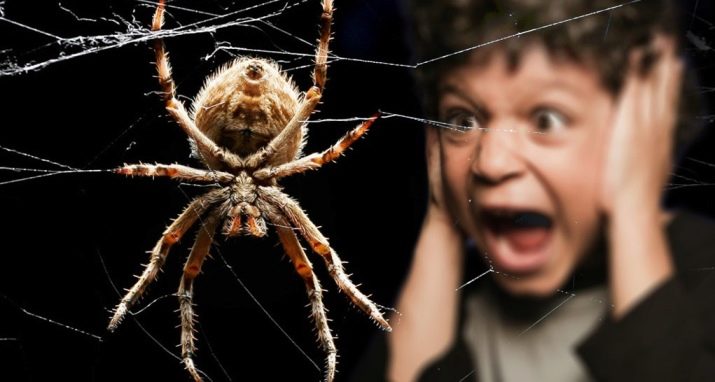
Ophidiophobia is a fear of snakes, which is also very common. Snakes are truly dangerous creatures, and it is unlikely that anyone is afraid to meet with a snake, but with phobia sufferers this fear goes beyond all boundaries. A distinctive feature of a real phobia can be considered a manifestation of anxiety and panic, even when there is no threat nearby: at the mere mention of snakes, an ophidiophobe can breathe more often, sweat come out and a real panic begins.
Phobia can be dealt with gradually: depending on how the case is running, You may need independent work on yourself, the help of a psychologist or medications.

Brontophobia is considered a popular problem - this is the fear of thunder and lightning. This fear is often experienced by children, but many carry it into adulthood. Indeed, this natural phenomenon is frightening - our distant ancestors treated the thunderstorm as the wrath of the gods. Although lightning can be a real threat, in an urban environment with an abundance of lightning rods, any risks are negligible, so this phobia is meaningless, a man is afraid of the very occurrence of a thunderstorm.
You can overcome a phobia at any stage, but it is better to start as soon as possible - this fear significantly reduces the quality of human life.
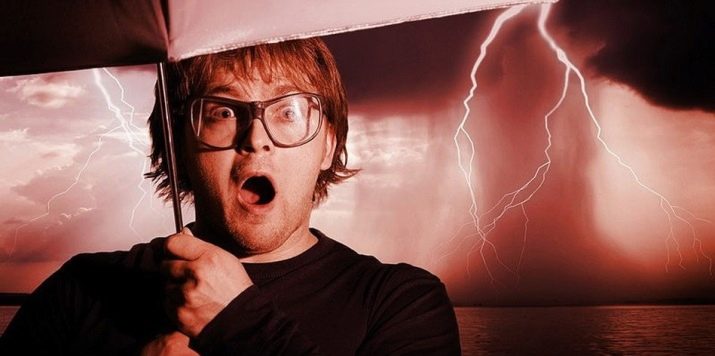
List of Health and Food Phobias
Phobias of this kind are more common in adults - in men and women, but sometimes diseases occur in children, whom parents are overly protective and accustom to cleanliness in every way. It can be difficult to get rid of phobias of this category, because a person himself often does not realize his problem and considers obsessive fear his firm beliefs, sometimes he is even proud of it. In turn, for healing from phobia, the determining factors are desire and awareness on the part of the patient.
It is worth noting that phobias related to health have appeared recently, with the fashion for a healthy lifestyle and proper nutrition.
- Verminophobia is a fear of viruses, bacteria, and other microorganisms. A person suffering from a phobia will constantly wash his hands, do the cleaning and wash the food. It is completely impossible to get rid of microorganisms - this is the natural environment that surrounds us, but with panic fear of catching an infection, this argument does not work. To overcome a phobia, you must first convince a person that the desire for sterile cleanliness is abnormal.
Sometimes good psychologists successfully cope with this, gradually helping to solve the problem.

- Amatophobia is another popular phobia now, consisting in the fear of dirt and dust. This is very important for allergy sufferers who see in the environment a potential threat to their own health. Also, this phobia is characteristic of people who are faced with the harm of dirt, survived accidents. For them, the mess in the apartment is simply unbearable, and leaving the village on a country road causes horror and panic. In the treatment of phobias, good efficacy is shown. group therapy and hypnotic techniques.
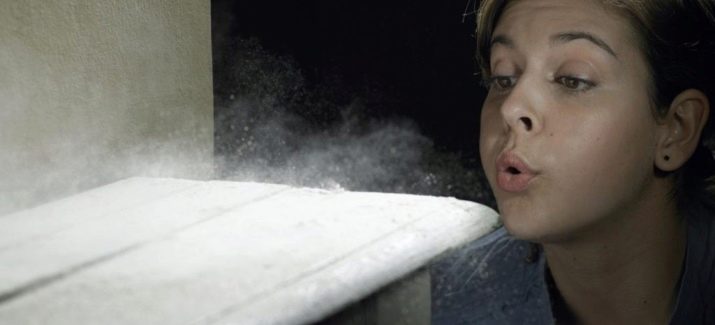
- Lipophobia is a fear of fatty foods, which is more common among representatives of the beautiful half of humanity. Such fear is associated with the desire to have a beautiful figure and eat right, but in the form of a phobia, this fear is reduced to absurdity.People with lipophobia everywhere consider calories, strictly limit themselves in food, and sometimes try to impose their behavior on others. Thoughts about fatty foods or accidentally eaten fatty foods cause horror in lipophobia.
In the initial stages, the phobia can be treated independently, but the most effective way is to work with a psychologist.

Mystical fears
Sometimes a person is afraid of inexplicable things. A phobia is an unconscious fear that may well go against common sense. Obsessive fear of evil spirits is called satanophobia. Despite the development of science and secular life, this phobia is quite common in our time, both among religious and ordinary people.
The peculiarity of mystical phobias lies in their great variability, because everyone presents different impurities, therefore for such fears there is no single description and no single treatment method. The easiest way to cope with the disease is with the help of a psychotherapist: it is important to correctly identify the reasons that contributed to the development of fear, and to understand in detail what exactly a person is afraid of.
Enosiophobia is a fear of sin, which may be characteristic of many believers. A man tries to live right, in accordance with the virtues of his religion, but goes too far. The ability to stumble causes him panic and serious concern. Often this ailment goes in conjunction with gadephobia - fear of hell. Such people think a lot about death and what awaits them after – they are panicky afraid of eternal suffering that they may face for their wrong lives in the earthly world.
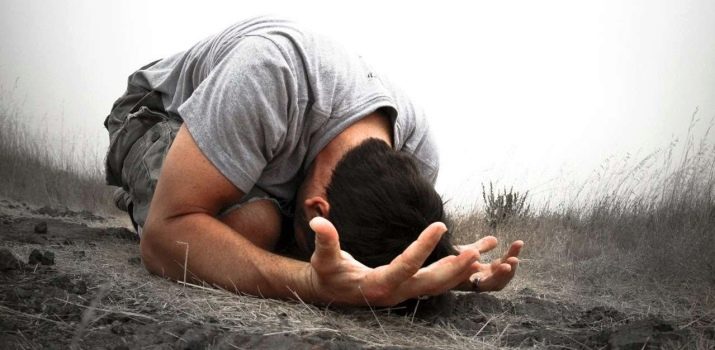
Common Social Concerns
A person lives in a society, so many strong fears are somehow connected with the social side of our lives. In psychology, many fears associated with social life are known, and most of them are very popular.
Often, such phobias strongly affect the quality of life, require timely solutions and great willpower to overcome them and have a happy life further.
- In recent years, an obsessive fear of responsibility, called hyphengiophobia, is gaining popularity. People suffering from this ailment panicky do not want to make independent decisions, they are afraid of responsible matters, they are never sure of their own words and deeds. Often this phobia is the result of certain personal qualities - infantilism, insecurity, and even laziness. In the early stages, phobia can be overcome by willpower, but as it develops, the disease leads to strong social isolation, therefore it often requires the help of a psychotherapist.

- Sociophobia is also a popular fear, which is a fear of life among people. Such communication is uncomfortable for such people, and just being in crowded places. Among people, they feel insecure, afraid of increased attention due to the risk of being ridiculed or rejected. This is a very popular and difficult phobia that interferes with life - a person tries to completely isolate himself from the world, but in the end he suffers because of this. Phobia develops in childhood, adolescence or adulthood under the influence of negative factors.

- Glossophobia is a fear of public speaking, which the vast majority of people experience throughout life. Fear of the scene is characteristic of a person at any age, although the motives are different: some worry that they are not good enough to speak, others are afraid to stumble or get into an awkward situation, while the third category is simply uncomfortable with any attention of a large number of people.
From the side, the fear of public speaking may seem like an innocent phobia, but we just don’t think about how often we have to give a speech in front of an audience in our lives.
Phobia can interfere with career growth and cause social isolation, so at the first symptoms it is worth starting to solve this problem.
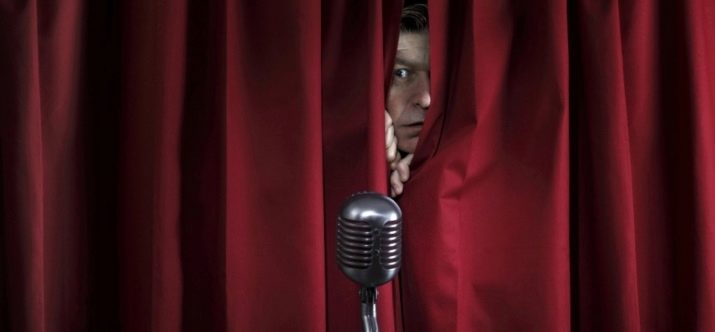
- Autophobia or fear of loneliness is also very common in the modern world. Such people are very dependent on others, and alone with them they experience tangible discomfort and obsessive thoughts. Lack of self-sufficiency can be a serious problem.
It should be understood that a person in life is always alone, and people, even close ones, come and go. Autophobe painfully parting and can not survive for several hours without society. For successful treatment, very it is important that the person acknowledges the problem, and also that loved ones do not turn away from him, but support in the fight against phobia.
